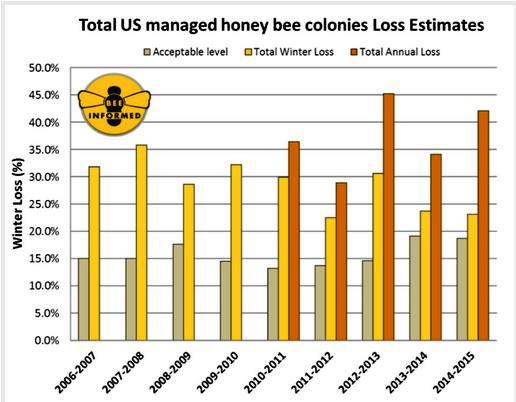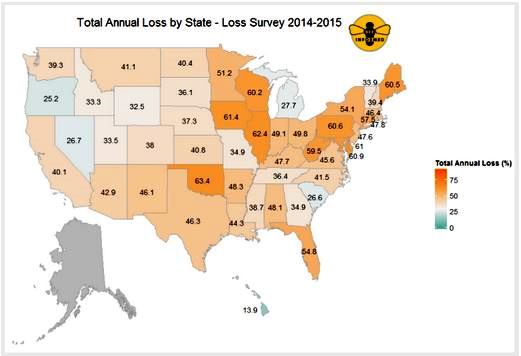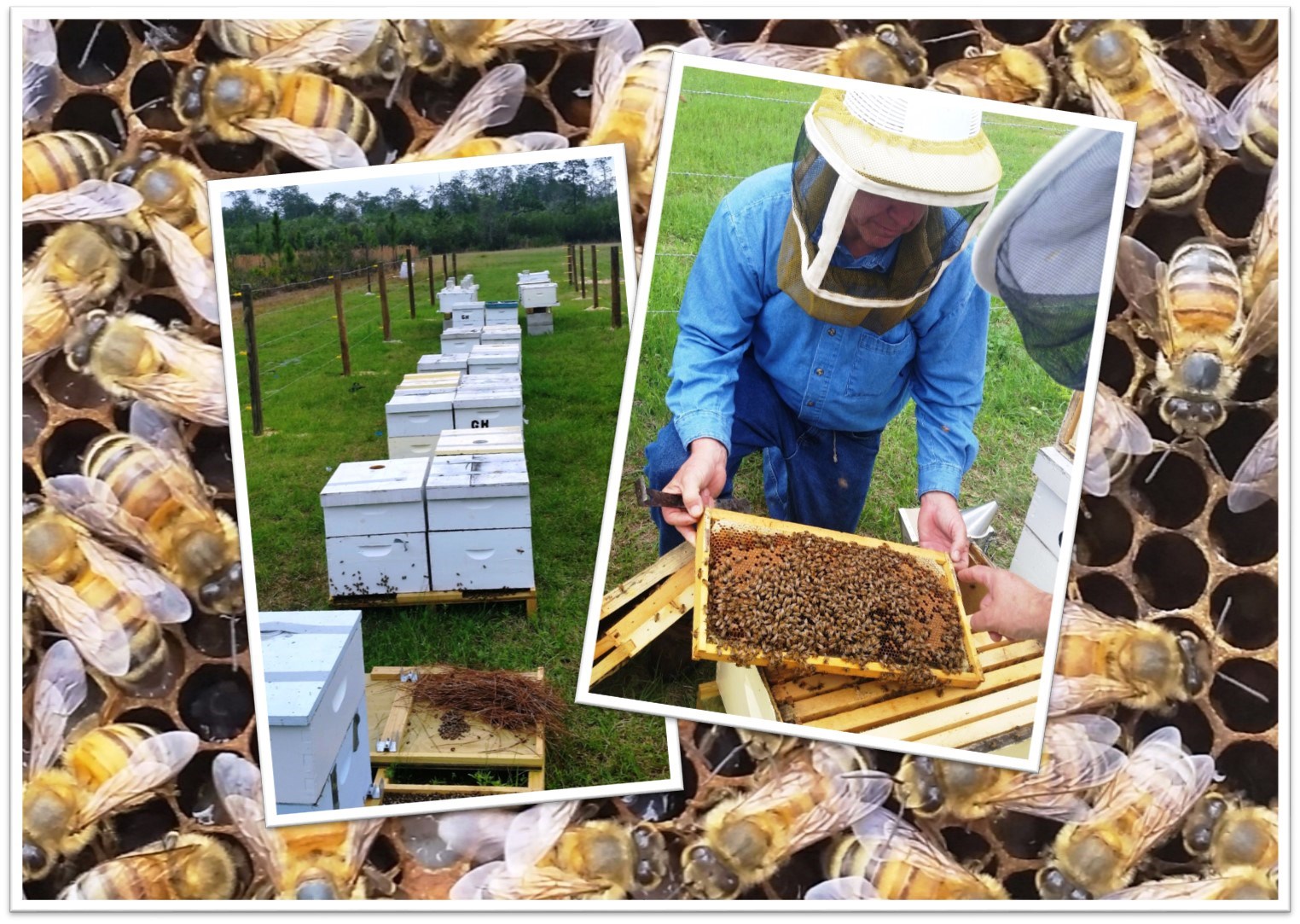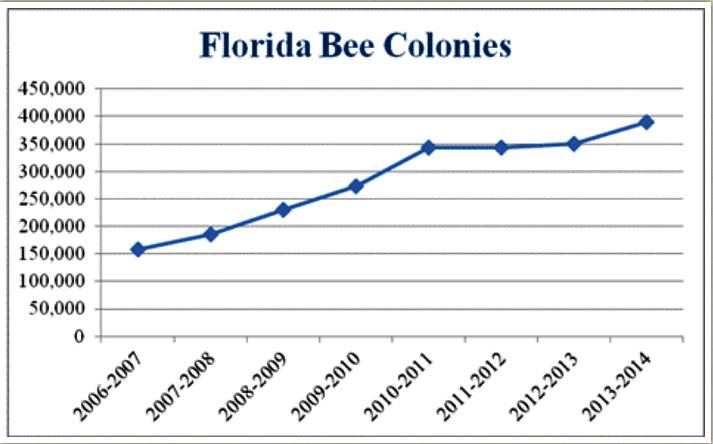The Bee Informed Partnership, in collaboration with the Apiary Inspectors of America (AIA) and the United States Department of Agriculture (USDA), conducted their ninth annual national survey of honey bee colony losses. Over 6,000 beekeepers completed the survey providing valuable information about honey bee colony numbers and health for the 2014/2015 winter season. Preliminary results of this recently released survey are listed below as published in Colony Loss 2014 – 2015: Preliminary Results:
- Collectively, responding beekeepers managed 398,247 colonies in October 2014, representing about 14.5% of the country’s estimated 2.74 million managed honey bee colonies
- Nearly two-thirds of the respondents (67.2%) experienced winter colony loss rates greater than the average self-reported acceptable winter mortality rate of 18.7%.
- 23.1% of managed honey bee colonies in the U.S. died.
- This would represent a decrease in losses of 0.6% compared to the previous 2013/2014 winter, which had reported a total loss estimated at 23.7%. This is the second year in a row the reported colony loss rate was notably lower than the 9-year average total loss of 28.7% (see Figure 1).

Figure 1: Summary of the total colony losses overwinter (October 1 – April 1) and over the year (April 1 – April 1) of managed honey bee colonies in the United States. The acceptable range is the average percentage of acceptable colony losses declared by the survey participants in each of the nine years of the survey. Winter and Annual losses are calculated based on different respondent pools. Source: Colony Loss 2014 – 2015: Preliminary Results
This report also showed, as in previous years, colony losses were not consistent across the country, with annual losses exceeding 60% in several states. (see Figure 2 ).

Figure 2: Total annual loss (%) 2014-2015 by state. Respondents who managed colonies in more than one state had all of their colonies counted in each state in which they reported managing colonies. Data for states with fewer than five respondents were withheld. Source: Colony Loss 2014 – 2015: Preliminary Results
This inconsistency is evident in Florida. A recent press release entitled Don’t Worry, Bee Happy: Florida’s Bee Colonies Increasing from the Florida Department of Agriculture and Consumer Services (FDACS) shows Florida’s managed bee colonies have increased by more than 145 percent in the last eight years. The following are excerpts from that article.
“Beekeeping and crop production are both important parts of agriculture, and one industry can’t survive without the other,” said Commissioner of Agriculture Adam H. Putnam. “It is exciting to see the growth of bee colonies in Florida, with beekeepers and growers working together in Florida to solve common problems. We are proud that our state-based efforts have contributed to the national model to improve the health of our nation’s bees.”
Citrus production, honey production and pollination services for many agricultural commodities are all important sectors of Florida’s $120 billion agriculture industry. In addition to surveying, monitoring and researching Florida’s managed bee colonies, the Florida Department of Agriculture and Consumer Services provides Florida growers and beekeepers with information and best practices relating to agricultural pesticide usage that can help both industries to coexist and thrive.
For more information related to this topic please see the following resources:
Bee Pastures Supplement Hive Nutrition and Enhance Honey Production
Bee Colony Collapse Disorder Update
- Maintaining Dissolved Oxygen Levels in Your Pond to Reduce Fish Kills - September 21, 2018
- The Bumble Bee – One of Florida’s Vital Pollinators - September 14, 2018
- 2017-2018 Bee Informed Partnership’s National Bee Colony Loss Report - July 13, 2018


